
Conservation in action – autumn 2023
Read our autumn update on BASC conservation projects, including how you can get involved.
Get information on the legal shooting season for mammals and birds in the UK.
Learn about our current conservation projects and how you can get involved.
Comprehensive information and advice from our specialist firearms team.
Everything you need to know about shotgun, rifle and airgun ammunition.
Find our up-to-date information, advice and links to government resources.
Everything you need to know on firearms law and licensing.
All the latest news and advice on general licences and how they affect you.
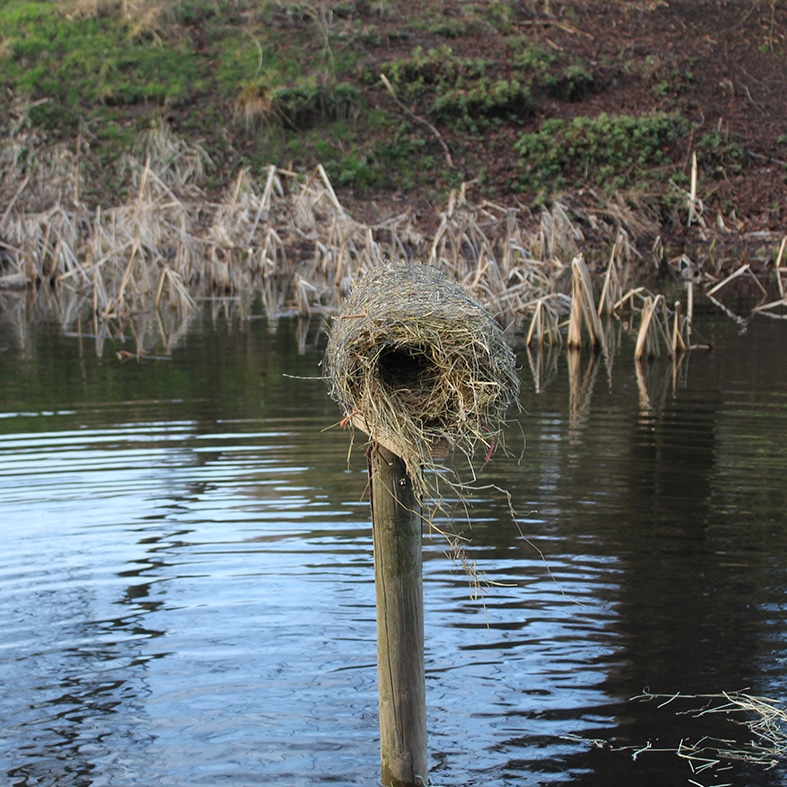

Conservation in Action Conservation projects Duck nest monitoring project
Initiated by The Waterfowlers’ Network (of which BASC is a member) in 2021, the Duck Nest Monitoring Project is a citizen science project dedicated to the conservation of wild mallard populations.
The project aims to monitor mallard breeding success when artificial nesting structures, such as raised nesting tubes or boxes, are installed at a site.
Mallard numbers are decreasing across the UK and Europe. In order to continue sustainable shooting of this species we must establish an effective way to maintain and protect our wild populations.
Mallard are ground-nesting birds and as a result, they often face disturbance such as trampling from livestock, predation, and dog walkers.
This frequently results in the destruction of the nests before the eggs have a chance to hatch.
Duck nest tubes are a great solution to this problem. By raising the nests off the ground and covering them from flying predators, the chances of nest disturbance or destruction are considerably lower, resulting in increased brood sizes and hatching success.
1. Make and install a mallard nest tube on the land you own or shoot over
Duck nest tubes are simple to set up and anyone can take part in helping to improve the wild mallard population in their area. It can take several years before the tubes are used, but don’t lose hope – once they are occupied, the ducks and their offspring will likely return year after year to nest in the same spot.
How to set up a duck nest tube:
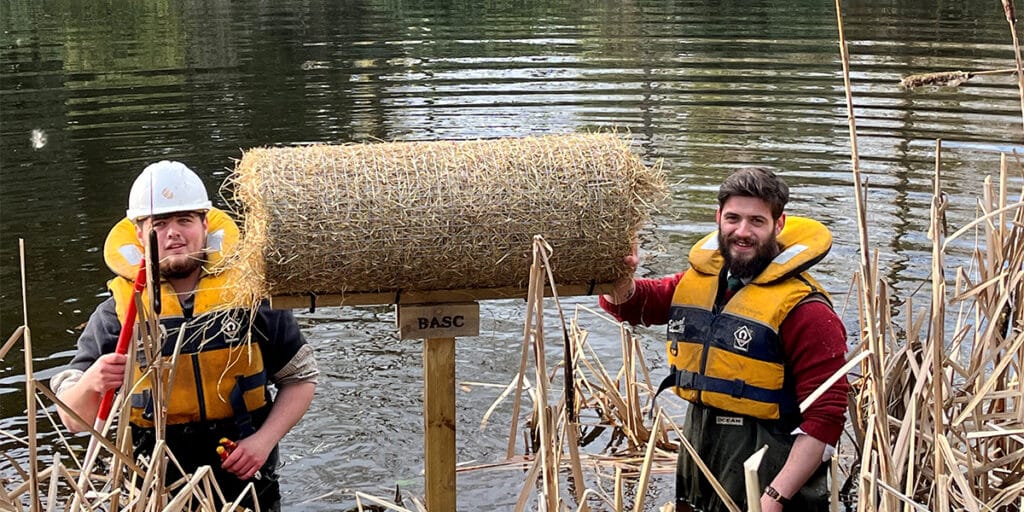
2. Record as much of the following information as you can:
3. Once you have recorded as much information as you can, use the Waterfowlers’ Network online form to register your findings at the end of the mallard breeding season.
We recommended that you register your findings at the end of the season (end of August) to ensure no nesting attempts are missed.
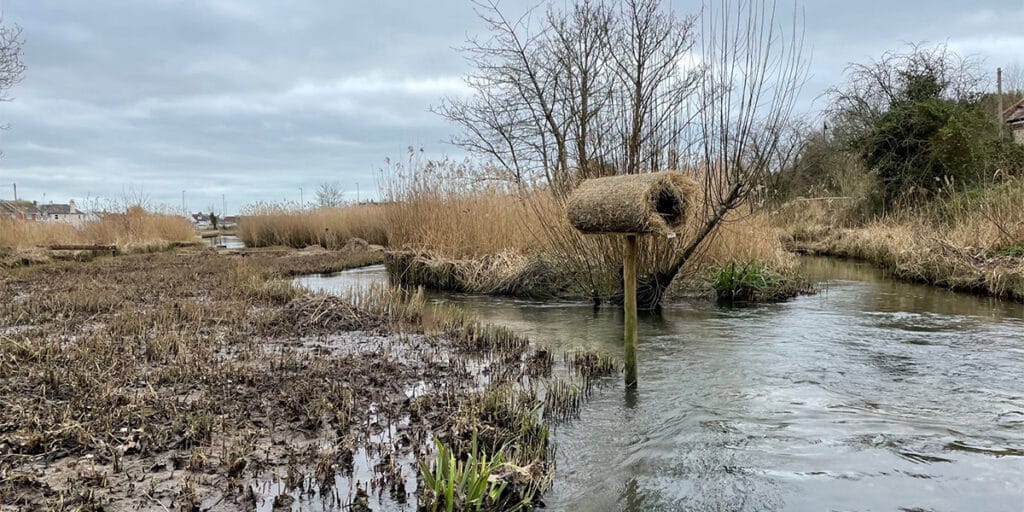
Duck nest tubes have been shown to improve wild mallard populations by increasing brood size and hatching success across their range.
The security and protection provided by nesting tubes can improve the chance of hatching success to 90%, compared to the less than 15% chance of success in ground nests.
In 2022, we obtained data from 215 nests across the UK, and of those that were occupied, 97% had successful hatching!


Read our autumn update on BASC conservation projects, including how you can get involved.
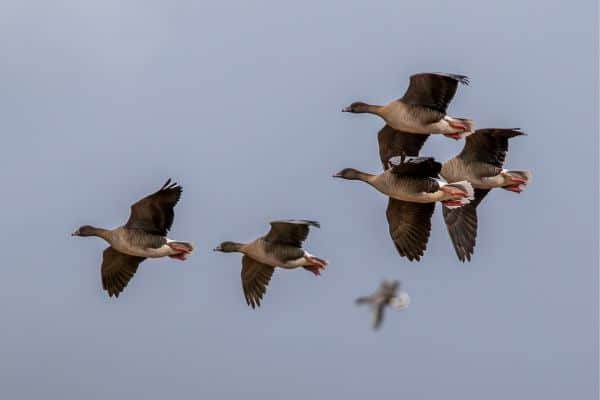
The wing survey is a monitoring project which collects data about shot ducks, geese and waders from wings that are collected by shooters.
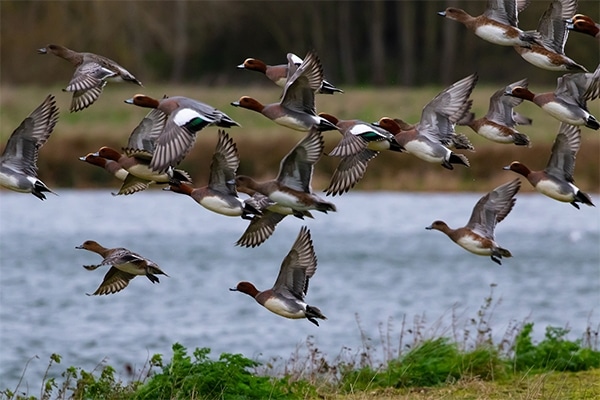
Project Penelope is a project led by the Waterfowlers’ Network aiming to improve data collection, waterfowl habitats and sustainable management of waterbirds.
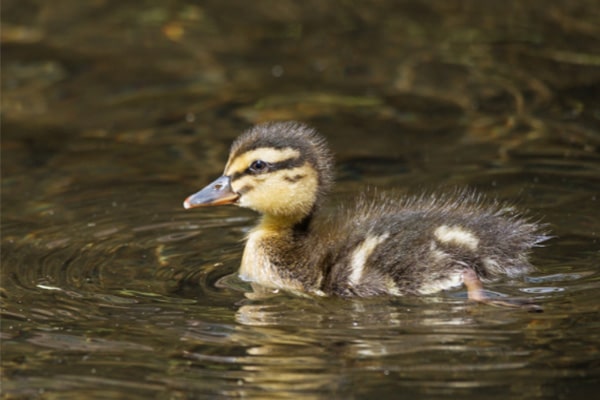

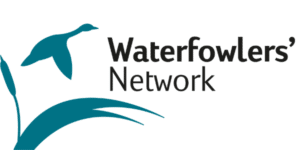 The Duck Nest Monitoring Project is run by the Waterfowlers’ Network, of which BASC is a member.
The Duck Nest Monitoring Project is run by the Waterfowlers’ Network, of which BASC is a member.
The project aims to boost the numbers of mallard and other duck species breeding in the UK and across Europe.
The initiative incorporates the construction and placement of artificial nest structures in potential mallard breeding grounds, such as ponds on shoots and farmland.
The project has made a successful start in the UK, with a total of 171 nests recorded in 2021. 88 of these were sited in duck nest tubes placed earlier the same year.
The Netherlands and Denmark also had a successful first year with a combined total of 1,625 nests reported to the online recording form (as of September 2021).
More than half UK nesting tubes were recorded as being occupied, with mallard being the most common species, followed by common moorhen. Other species reported using the tubes include mandarin duck, gadwall, teal, coot, and a grey wagtail.
The Waterfowlers’ Network will be continuing the duck nest project in 2022 to gather further data. The ongoing support of the shooting community is vital to the success of the project, so thank you to those who recorded their results last year.
If you have artificial nest structures on your land already, or land which would be suitable for placing a duck nest tube, you too can get involved in the project.
Find out more about building and siting duck nest tubes by watching our film here.
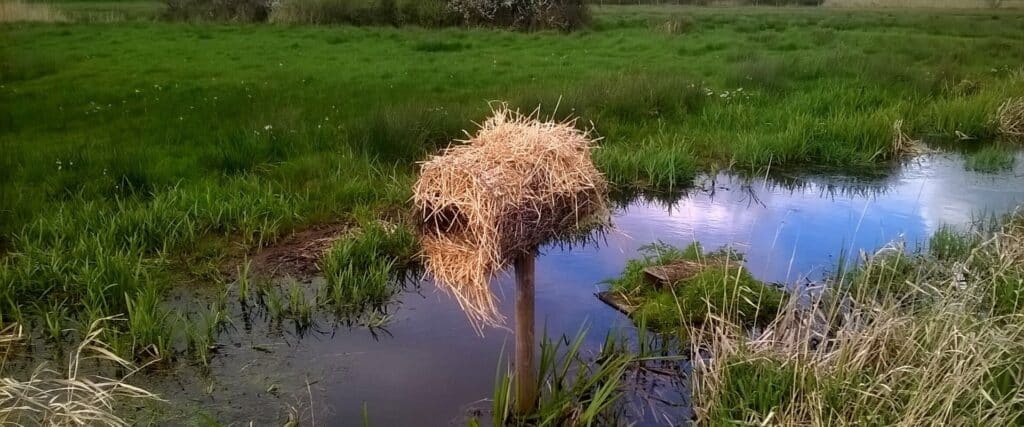
If you have a site with breeding ducks, here are some tips on what to do in the first few months of this year:
Inland duck shooting finishes at the end of the month, so this is a good time to analyse how the season has fared compared with previous years. It’s also an opportunity to look at what improvements can be made, e.g., location of nests, vegetation, is there sufficient food available, etc.
Start getting duck nest tube building materials ready. See BASC’s website and YouTube channel for helpful guides on building tubes. Check existing tubes for signs of activity and carry out any necessary repairs.
Install new duck tubes and carry out maintenance on existing ones.
If you have wings collected from shot birds, send them into BASC for analysis as part of our duck and goose wing survey.
If you feed your water, continue to do so until there is sufficient natural food.
Carry out any conservation work around the pond (if it can be done without causing disturbance to residing wildfowl).
Continue pest and predator control with Larsen traps and mink rafts. Don’t forget to also reduce rat numbers. Check general licence guidelines when controlling pest birds such as carrion crows and magpies and that consents are in place if shooting on protected land.
Keep note of successful nesting attempts if you have artificial nests on your land.
Continue pest and predator control.
Keep an eye out for birds nesting in duck nest tubes but from a distance! Consider installing signs asking people to stay away, keep dogs on leads, and to keep disturbances to minimum.
Ensure that any feed storage bins are clean, weatherproof, and not a draw to vermin species such as rats.
If ducks have indeed taken up residence in your artificial nests, continue to keep notes on species using them and whether nesting attempts have been successful.
These are good months to just sit quietly and watch what is happening on the water.
If you feed, make sure that you have organised a supply.
If you have artificial nests on your land now is the time to report your observations to the Waterfowlers’ Network. It is also important to report if the tubes have not been used or nesting attempts have been unsuccessful as this provides us with crucial data.
BASC looks forward to building on the success of last year for this project and will continue to report on findings. Together we can make a difference to waterfowl numbers and secure the future of sustainable shooting.
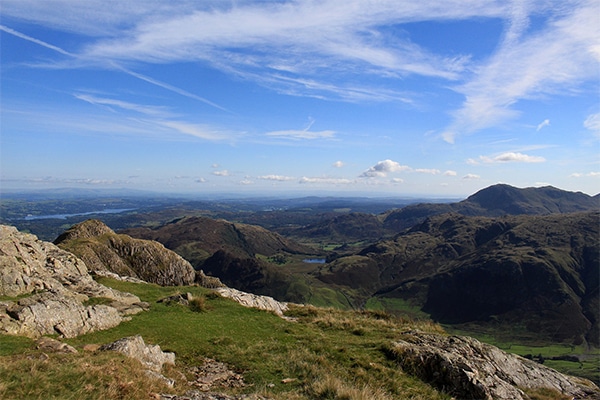
Green shoots mapping is an online platform that offers shoot mapping and bag recording services.
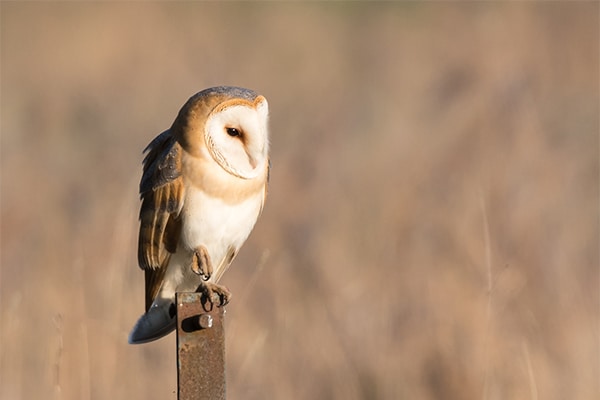
Find out more about the conservation projects we are currently undertaking and how you can get involved.

Project Penelope is a project led by the Waterfowlers’ Network aiming to improve data collection, waterfowl habitats and sustainable management of waterbirds.
Sign up to our weekly newsletter and get all the latest updates straight to your inbox.
© 2023 British Association for Shooting and Conservation. Registered Office: Marford Mill, Rossett, Wrexham, LL12 0HL – Registered Society No: 28488R. BASC is a trading name of the British Association for Shooting and Conservation Limited which is authorised and regulated by the Financial Conduct Authority (FCA) under firm reference number 311937.
If you have any questions or complaints about your BASC membership insurance cover, please email us. More information about resolving complaints can be found on the FCA website or on the EU ODR platform.
This website uses cookies so that we can provide you with the best user experience possible. Cookie information is stored in your browser and performs functions such as recognising you when you return to our website and helping our team to understand which sections of the website you find most interesting and useful.
Strictly Necessary Cookie should be enabled at all times so that we can save your preferences for cookie settings.
If you disable this cookie, we will not be able to save your preferences. This means that every time you visit this website you will need to enable or disable cookies again.
This website uses Google Analytics to collect anonymous information such as the number of visitors to the site, and the most popular pages.
Keeping this cookie enabled helps us to improve our website.
Please enable Strictly Necessary Cookies first so that we can save your preferences!
More information about our Cookie Policy